About a year after President Trump publicly excoriated Pakistan for “lies and deceit” and cut off security assistance in early 2018, the country became the key third player in the U.S.-Taliban peace talks. It was a swift change of fortune, even by the standards of Pakistan’s typical ups and downs with the United States. By February 2020, when the U.S.-Taliban peace deal was signed, Pakistan had not only propelled itself back into America’s good graces, it was testing out an ambitious new approach to foreign policy, hoping that it could begin to shed its image of a state associated with terror. The pandemic has paused this new phase somewhat, as Pakistan and others have had to turn inward, but that may be temporary.
A return to relevance
When Zalmay Khalilzad was appointed U.S. envoy to the Afghan peace process in September 2018, Pakistanis were worried. Khalilzad, a former U.S. ambassador to Afghanistan, was known for his skepticism on Pakistan. Over the next year and a half, almost each one of Khalilzad’s trips to the region included a visit to Islamabad.
Tracing his statements over time, you can see his reliance on Pakistan increasing, and his tone softening. In many ways, Pakistan was uniquely positioned to take advantage of the two-phase structure of the peace process — the Taliban refused to negotiate with Kabul until a U.S.-Taliban deal was signed — because of Pakistan’s relationships with both the U.S. and the Taliban. It seems to have done so masterfully, producing Mullah Baradar, the deputy leader of the Taliban who had been in Pakistani custody, and engaging in behind-the-scenes maneuvering that the U.S. has repeatedly acknowledged (and appreciated). Pakistan helped bring the Taliban to the table, ultimately resulting in a deal. Pakistan’s foreign minister Shah Mehmood Qureshi was present at the peace deal signing in Doha on February 29, warmly congratulating both sides.
Perhaps a deal would have been signed anyway. The Taliban got everything it wanted, securing — in its eyes — a U.S. surrender for an absolute minimum in promises. President Trump, meanwhile, had his mind set on exiting Afghanistan, and wanted a deal before the election. That may cast doubt on how much Pakistan did, or why. Regardless, it was Pakistan sitting at the table alongside the two parties to the deal in the end. Having long worried about other players in Afghanistan, mainly India — indeed its calculations on Afghanistan are based precisely on that worry — that was exactly what Pakistan wanted.
Trump and Pakistan’s prime minister Imran Khan’s relationship got off to a somewhat rocky start. A few months after Khan’s election in July 2018, the two populists exchanged a war of words on Twitter over U.S. aid to Pakistan and the country’s role in the war on terror. But by December, soon after Khalilzad’s first trip to the region as U.S. envoy, Trump had written Khan a letter asking for his help in the Afghan peace process. There was a key confluence of interests on the Pakistani side: Khan has long opposed an American military presence in Afghanistan and favored a negotiated settlement with the Taliban; the Pakistani army, meanwhile, recognized that an ascendant Taliban meant that any power-sharing arrangement accompanying a peace deal would likely align with Pakistan’s vision of “strategic depth” in Afghanistan (i.e. a Pakistan-friendly government in Afghanistan). These factors prompted Pakistan to help get the Afghan Taliban to the table. In January 2019, Senator Lindsay Graham visited Pakistan and met with Khan to talk about “reconciliation with the Taliban.”
Graham then paved the way for Khan and Trump to meet. They personally hit it off at their White House meeting in July 2019, and have met multiple times since, including on the sidelines of the U.N. General Assembly and at the World Economic Forum in Davos. The relationship seems to have been reset.
Foreign policy ambitions
At the same time that Pakistan made itself useful to the United States in Afghanistan, President Trump toned down his rhetoric branding Pakistan a terrorist state. Pakistan also received an IMF bailout, and its status with the Financial Action Task Force — an international watchdog — stayed constant at a warning “grey” level.
A more confident Pakistan began trying out an ambitious, proactive new approach to its foreign policy. In the fall of 2019, after meeting Trump at the U.N., Khan offered to mediate between Saudi Arabia and Iran. Pakistan has long balanced its relations between those two countries, but inserting itself in the middle so publicly and deliberately suggested a new tack.
After the U.S. killing of Iranian commander Qassem Soleimani in January, Pakistan lost no time in inserting itself diplomatically in the U.S.-Iran conflict. Khan said he would be happy to mediate; the chief of army staff urged “maximum restraint” and de-escalation in a phone call with Secretary of State Mike Pompeo, and much the same in a phone call with Secretary of Defense Mark Esper; and Foreign Minister Qureshi promptly visited Saudi Arabia, Iran, and the United States.
Pakistan’s efforts at the time seemed evocative of the country’s foreign policy under Prime Minister Zulfiqar Ali Bhutto in the 1970s, with its principles of nonalignment and a special relationship with Muslim countries.
As the country began dealing with the health and economic fallout from the pandemic, Khan sent out a call, on behalf of all developing countries, to industrialized nations and multilateral institutions for debt relief. The G-20 and International Monetary Fund have agreed to suspend all debt payments for developing countries through the rest of the year. Khan’s government claimed this as a victory, saying Khan had led the charge for relief on behalf of other developing nations.
What of China and India? With China, Pakistan’s closest ally, Pakistan’s relationship remains constant. With India, Pakistan has limited itself to strident rhetoric since the revocation of Kashmir’s autonomy, and no more; nevertheless, tensions at the border have been running high.
The question that remains is: Will Pakistan’s approach to militant groups — the Haqqanis in particular — substantively change? The suspicions post-9/11 on Pakistan’s notorious double-game — giving haven to terrorists while also cooperating on counterterrorism with the United States — run deep. To answer this, it is worth understanding what Pakistan wants in Afghanistan.
What Pakistan wants in Afghanistan
There are two things Pakistan does not want in Afghanistan. The first is a hasty American withdrawal. To Pakistan, that evokes the time period after the Soviet-Afghan war, which fueled its sense of and narrative of abandonment, setting the stage for many of Pakistan’s subsequent destructive behaviors.
Pakistan also does not want an unfriendly government in Kabul — to be precise, it does not want a government that is more friendly with India than it is with Pakistan. And it is no secret that it has had a rough relationship with the current Afghan government.
Thus, one could conjecture that Pakistan wants some kind of power-sharing arrangement to emerge in Afghanistan. If the Taliban has a large enough role, the government is likely to be friendlier to Pakistan. But I would caution against assuming that Pakistan wants the Taliban in complete control in Afghanistan. For one, Pakistan’s relationship with the Taliban is not seamless. Two, Pakistan does not want an Islamic emirate in the vein of 1990s Afghanistan on its western border. That didn’t work out well for Pakistan — and a sequence of events led to it becoming the target of terror for years.
In some ways, the status quo is working for Pakistan. It seeks to sustain its status as a key player in some form through the second phase of Taliban-Kabul talks, with a slow U.S. withdrawal. Of course, that status is not guaranteed during intra-Afghan talks, given Pakistan’s tough relationship with Kabul. But its chief of army staff General Qamar Javed Bajwa visited Kabul recently, meeting both President Ashraf Ghani and High Council for National Reconciliation leader Abdullah Abdullah, and those relationships seem to have improved in some ways.
A road to redemption?
Will any of this change Pakistan’s fundamental calculus in the long-term, or alter the strategic imperatives that have led it to rely on militant proxies? Will Pakistan ultimately let go of its support for the Haqqani network? The short answer is that it hasn’t proven yet that it will. The State Department, in its latest country reports on terrorism, notes that the Haqqanis and the Afghan Taliban still have safe haven in Pakistan.
Pakistan would need a wholesale redefinition of policy to let go of its (existential) insecurities (vis-à-vis India, that lead it to “invest” in militant proxies on both its western and eastern borders). This is easier said than done, since the military thrives on those insecurities. As long as the military, the prime architect of Pakistan’s jihadist foreign policy to date, remains the most powerful institution in Pakistan, it is hard to argue that anything will change. Worryingly, Pakistan’s military has significantly consolidated its hold on the civilian government in the last two years. Domestically, it is increasingly cracking down on dissent. And Pakistan’s laws and educational policies that have given rise domestically to extremism remain intact as ever. Its prime minister, too, engages in narratives sympathetic to terrorist groups; he did so again on June 25, when he alarmingly referred to Osama bin Laden as a martyr.
But Pakistan has also enjoyed the benefits of being back at the table, and it badly wants to shed its image associated with terrorism. It knows that cracking down on terrorist groups brings economic and soft-power benefits — directly, via its status with the Financial Action Task Force, and more broadly as well. Ultimately, if the benefits of this newer approach start to outweigh the net benefits Pakistan perceives from hedging its bets and from relying on militant proxies, Pakistan’s long-term policies could slowly start to shift.
What the United States can do
The United States can nudge it along that path by raising both the costs of Pakistan’s old behaviors and the benefits of its new ones. The obvious way to do this in one move would have been to condition Pakistan’s seat at the table for the Afghanistan talks on it definitively denouncing the Haqqanis, with proof — but that did not happen. Going forward, Pakistan’s Financial Action Task Force status should be tied more closely to it cutting its ties to the Haqqanis. And two potential carrots are the best bet to incentivize good behavior on Pakistan’s part: First, Pakistan appreciates and closely follows any positive diplomatic language and attention it receives from the U.S., so the State Department and White House should praise Pakistan when it behaves well (as the Trump administration has done to some extent). Pakistan indicated, for instance, its “disappointment” with the State Department’s recently released country reports on terrorism, including by saying the report had not acknowledged the full scale of its help with the Afghan peace process. Secondly, more than aid, Pakistan wants to increase its trade with the United States. Trump promised a great deal more trade with Pakistan in his first meeting with Khan. The U.S. can now condition any expanded trade on Pakistan’s good behavior. And the U.S. government should privately be absolutely clear with Pakistan on what behaviors it is rewarding, and what it is punishing.
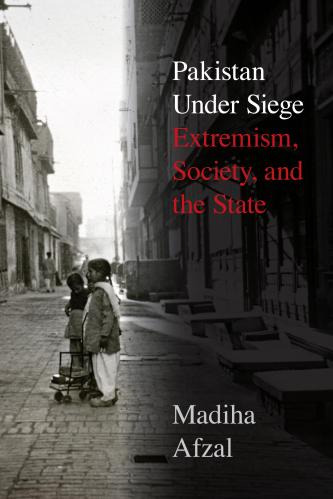
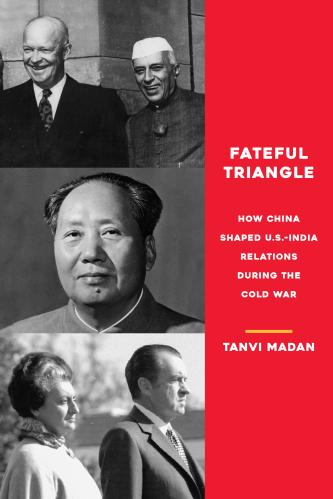
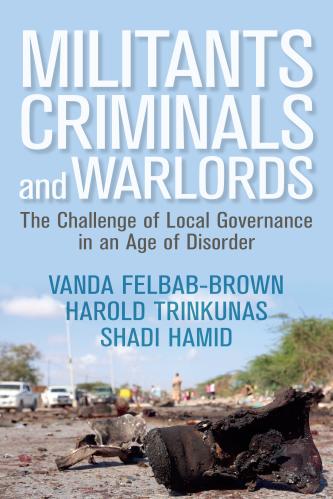
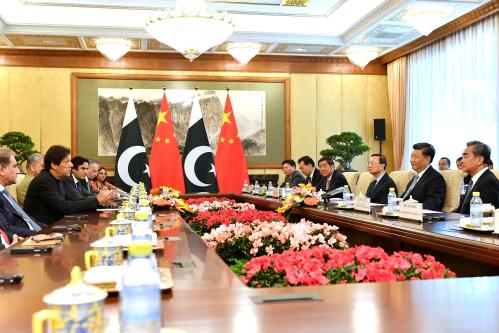
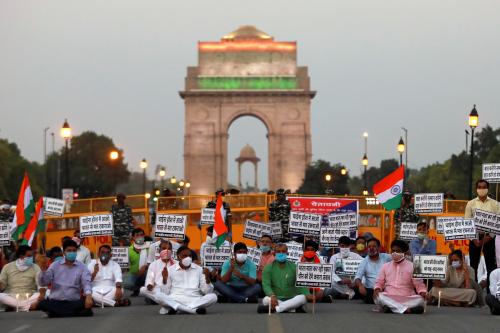
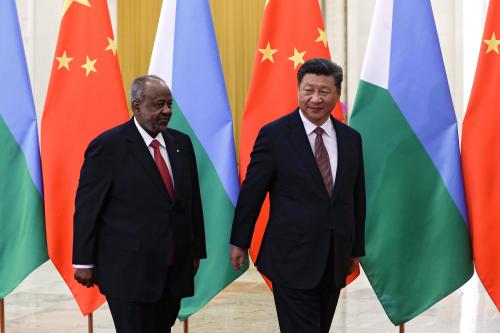

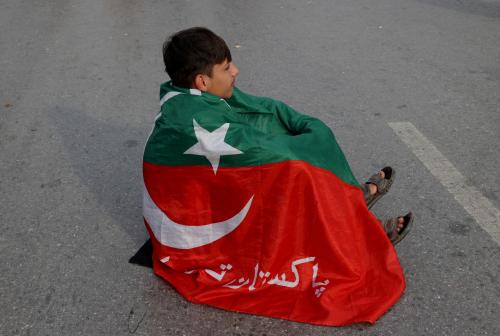
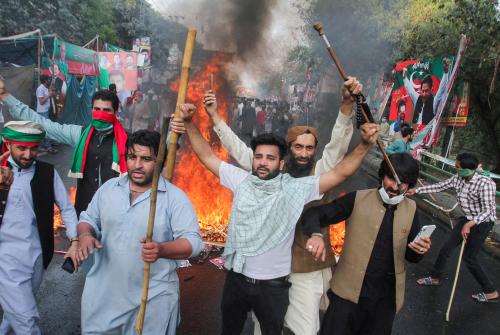
Commentary
Will the Afghan peace process be Pakistan’s road to redemption?
June 25, 2020